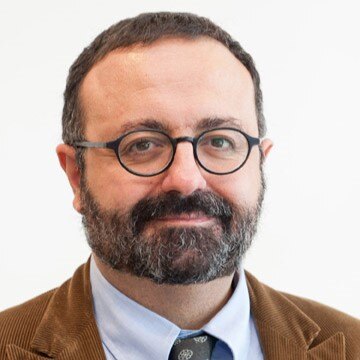In his presentation on digital pathology, Manuel Salto-Tellez explored the evolution and future direction of pathology, particularly in the context of oncology and complex biomarkers. Salto-Tellez began by reflecting on the unpredictability of future developments in diagnostics, recalling how, at the start of the genomic era, few could have foreseen the rapid advancements that would soon become commonplace. He noted that, despite significant progress through immunohistochemistry, the genomic revolution, and the advent of artificial intelligence in pathology, these advances had not yet fully addressed the needs of patients, as most were still not treated based on genomic information alone.
Salto-Tellez argued that the field had historically favoured simplicity in biomarker development, making them universally accessible but potentially limiting their effectiveness. He suggested that the next leap forward would require embracing greater complexity in biomarkers to better reflect the biological intricacies encountered in real-world clinical scenarios. He illustrated how complexity could be extracted from routine diagnostic images using advanced artificial intelligence architectures, which had evolved from highly annotated methods to broader foundation models suitable for specific use cases.
He highlighted the proliferation of digital pathology tools, noting that while dozens were now CE-IVD marked, their adoption remained limited. Using the example of PD-L1 testing, Salto-Tellez described how digital tools could provide detailed, cell-by-cell analysis, but also observed that artificial intelligence was often applied too late in the clinical trial process, potentially limiting its impact.
Salto-Tellez discussed the validation and clinical utility of multiplex immunofluorescence (MIF) and its integration with transcriptomic analysis, which had shown promising results in clinical trials. He emphasised the importance of integrating multiple data modalities using artificial intelligence to achieve more accurate predictors of therapeutic response.
He concluded by suggesting that the next revolution in diagnostics would not arise from a new technology platform, but from the integration of complex information and the adoption of artificial intelligence as a primary driver of clinical decision-making. Salto-Tellez posed critical questions about the readiness of pathology departments, oncologists, and patients to trust artificial intelligence in guiding treatment decisions, signalling a profound epistemological shift in the field.





